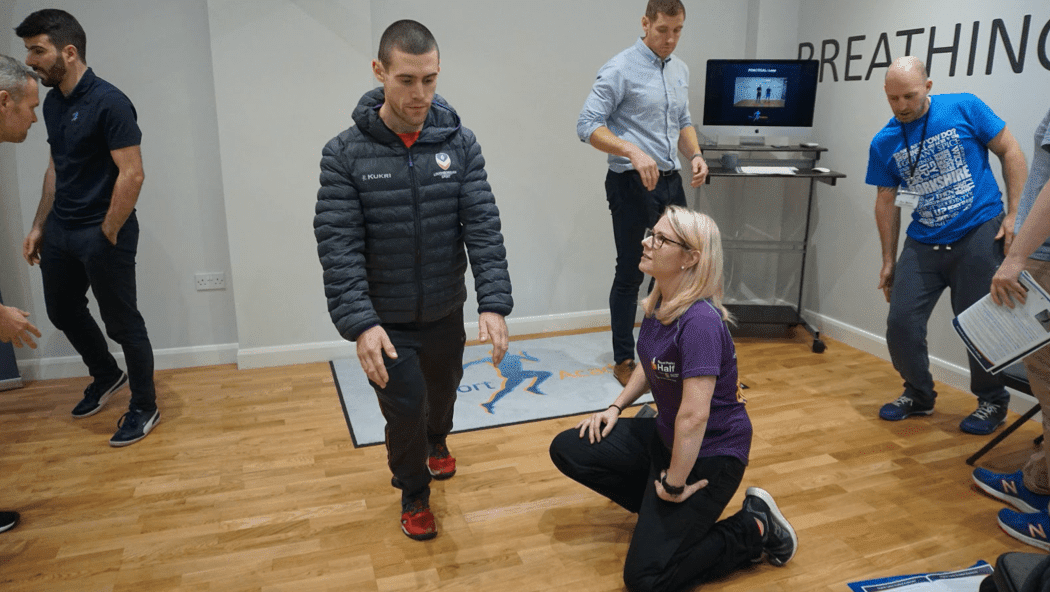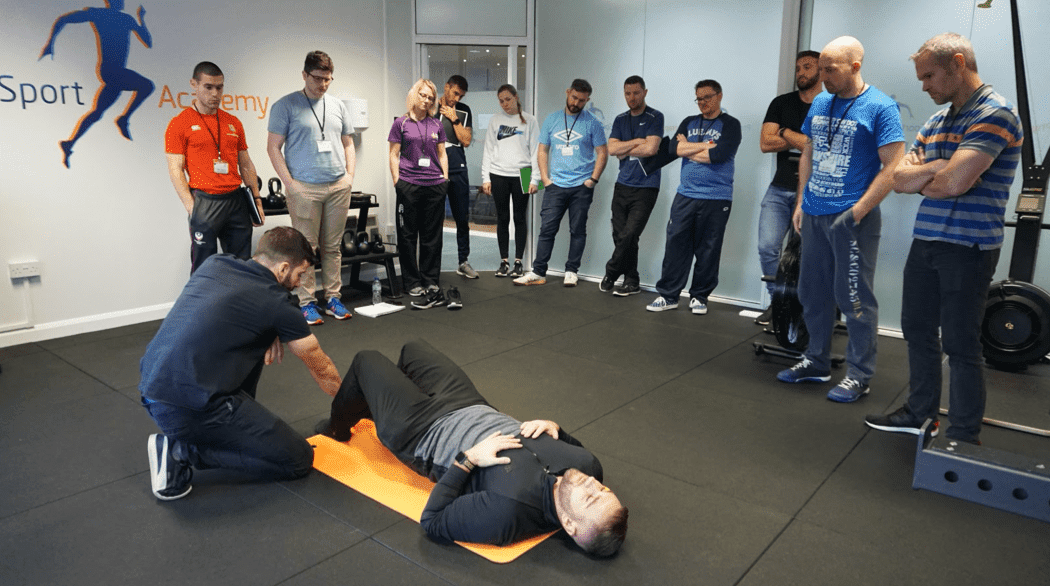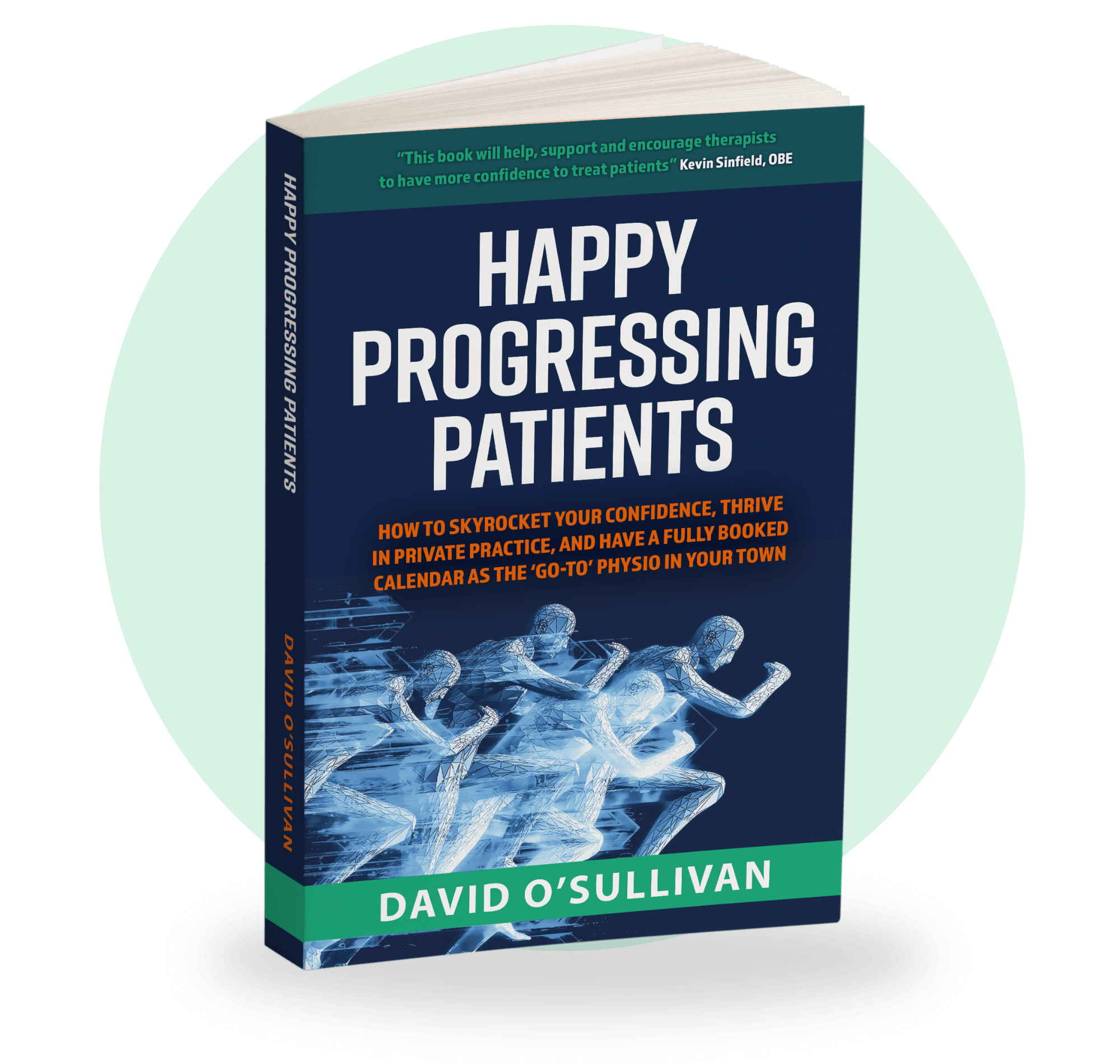
In the late 1940s, the United States air force had a serious problem…
…its pilots could not keep control of their planes.
Although this was the dawn of jet-powered aviation…
And the planes were faster and more complicated to fly…
the problems were so frequent and involved so many different aircraft… that the air force had an alarming, life-or-death mystery on its hands.
After multiple inquiries ended with no answers… officials turned their attention to the design of the cockpit itself.
In 1950, the researchers measured more than 4,000 pilots on 140 dimensions of size, including thumb length, crotch height, and the distance from a pilot’s eye to his ear…
…and then calculated the average for each of these dimensions.
Everyone believed this improved calculation of the average pilot would lead to a better-fitting cockpit and reduce the number of crashes…
Except for one man.
A newly hired 23-year-old scientist, Lt. Gilbert S. Daniels, had doubts.
So when the air force put him to work measuring pilots, Daniels harbored a private conviction about averages that rejected almost a century of military design philosophy…
As he sat in the Aero Medical Laboratory measuring hands, legs, waists, and foreheads… he kept asking himself the same question in his head: How many pilots really were average?
Out of 4,063 pilots, not a single airman fit within the average range on all 10 dimensions.
One pilot might have a longer-than-average arm length, but a shorter-than-average leg length. Another pilot might have a big chest but small hips.
Daniels’s findings were clear and incontrovertible.
There was no such thing as an average pilot.
If you’ve designed a cockpit to fit the average pilot, you’ve actually designed it to fit no one.
Once they identified the problem… the air force engineers came to the solution quickly — adjustable chairs.
This eventually led to flexible car seats.
(Credit: When U.S. air force discovered the flaw of averages)
Now when we look at research and we look at the results of studies, what are we looking at?
And then we apply these results to our patients, are we trying to apply the intervention to the average person?
It’s a serious question.

Are you designing treatment plans and trying to fit your patient into your average ‘back pain’ or ‘knee pain exercise’ protocol?
Does every patient with neck, back, or knee pain get the same exercises?
Are you trying to fit the person in front of you into the ‘average’ intervention?
Or are you able to adjust your exercise selection based on sound clinical reasoning… as to why you’re using the exercise…
…and how it helps get the patient to the outcome they want?
This is where we need to look at the person first, pain second.
Sure we need to respect evidence-based practice… but we need to be able to clinically reason the WHY behind everything we are doing also.
The exercise ultimately should be part of something bigger… that helps achieve the outcome that the patient wants.
The patient doesn’t want a bigger VMO or glutes…
They want to be able to sit to stand pain-free…
Go up and down the stairs without pain…
Are you able to adjust your exercise selection like the cockpit in the US Air Force planes for each patient and their needs?
Or are you just giving the same exercise to every patient?
Always see the person first and the pain second.
In the ‘Go-To’ Therapist we work very hard on striving to understand the WHY behind everything we do.
We encourage you to break free from learning off ‘exercises’ or ‘techniques’…
…and instead, strive to understand the outcome the patient wants.

Once you get clarity with the outcome, then the cockpit and your exercise selection can be easily adjustable.
But it all starts with having clarity and understanding the problem.
Never take the easy route of giving all patients the same exercises and hoping for the best.
I’ve tried this in my early days.
Sure some improved but quite a lot didn’t.
It’s also the quickest possible way to lose passion and enthusiasm for your job from my experiences…
Always strive to understand the ‘WHY’ behind everything you do.
Look at the person in front of you, not just the symptoms.
What are their needs and wants?
How does your exercise facilitate these needs and wants?
If you need help increasing your confidence and clarity with your clinical reasoning…
So that you can pinpoint the true cause of your patients pain… and understand exactly what you need to do and what exercises you need to give to get rid of it…
Click the button below to secure a FREE Go-To Therapists CPD Call and I’ll walk you through my exact step by step process to getting great consistent results.
CLICK HERE TO CLAIM YOUR FREE CPD CALL
This process is allowing over 500 therapists to get world class results without relying on their hands so they can continue to grow their clinic even through the pandemic.
To secure my final FREE CPD calls click the button below
Get Your FREE Copy Of The Amazon #1 Bestseller That Holds The Secret To Confidently Treating Any Patient!
Download a Free ‘ebook’ copy of the 8-Step ‘World Cup’ Treatment Plan that helped my private patients achieve full recovery and made me a ‘go-to’ physio for complex cases…
